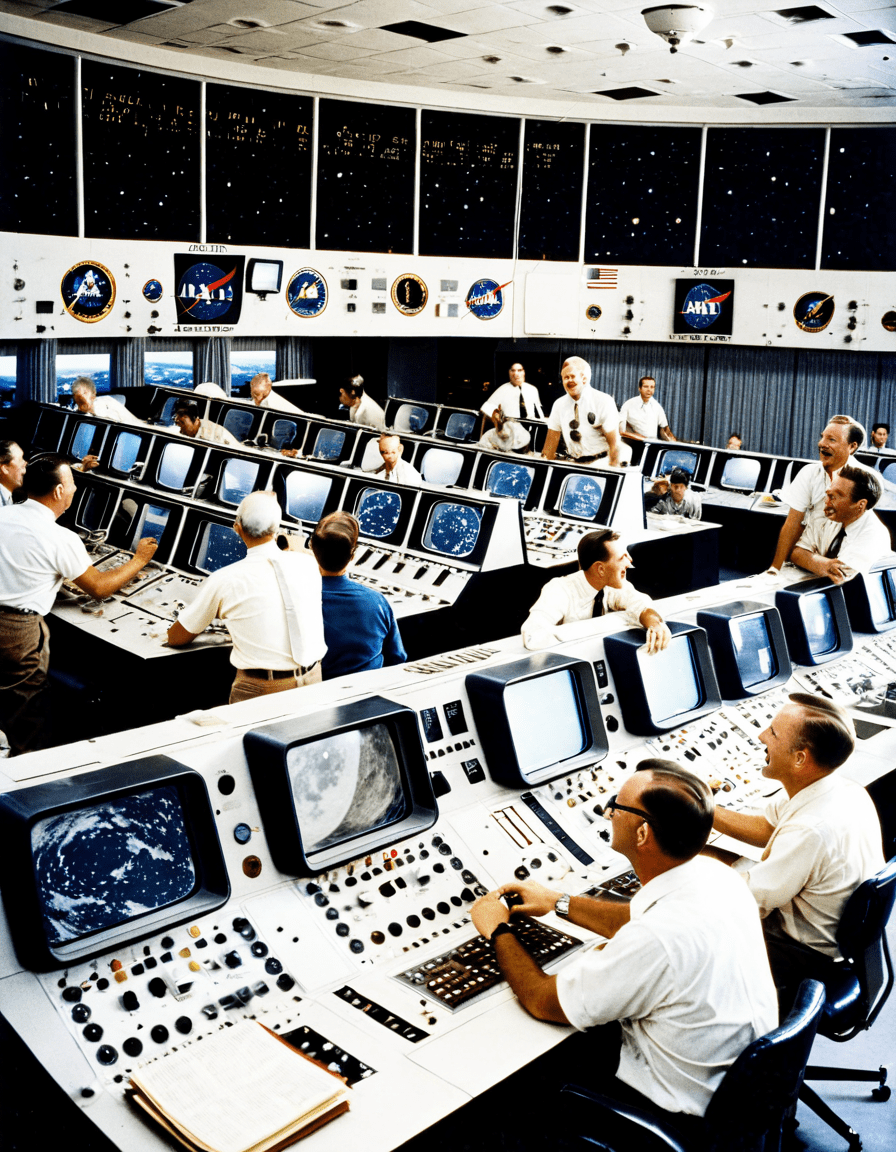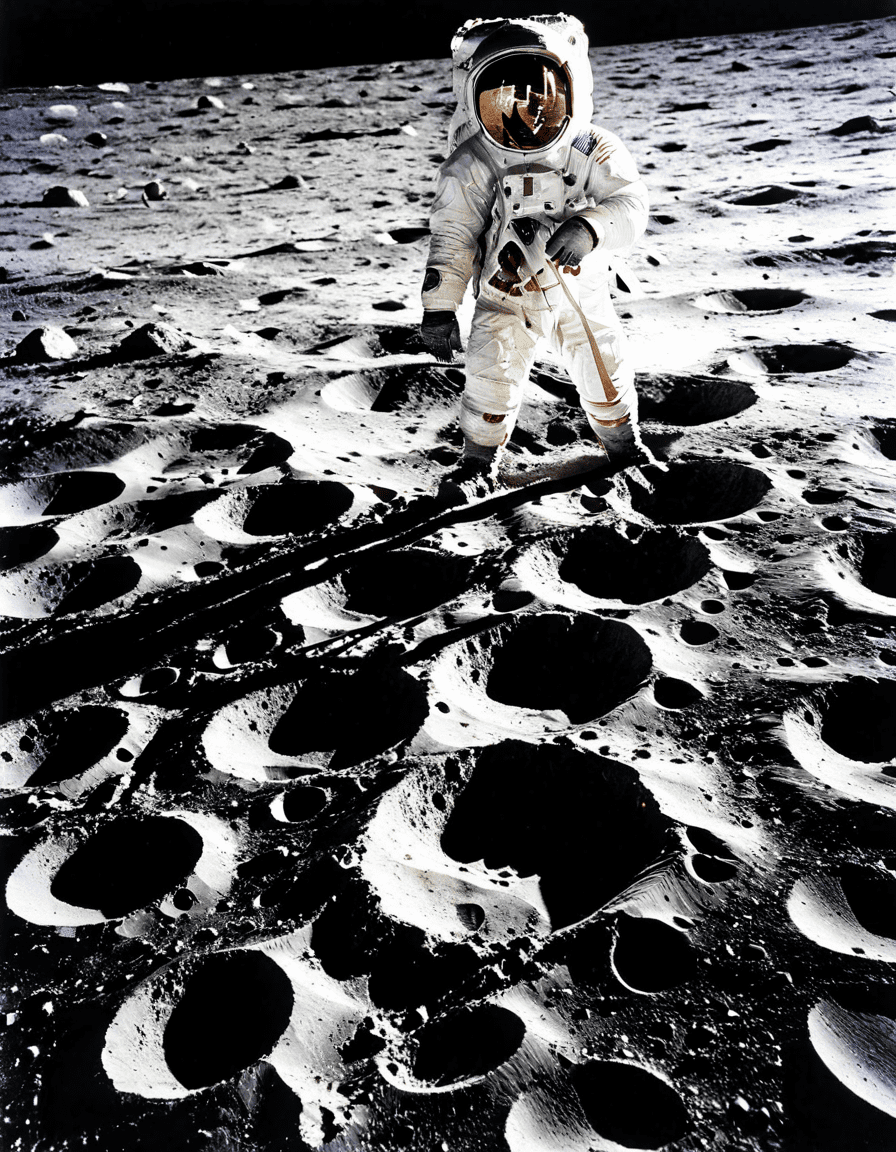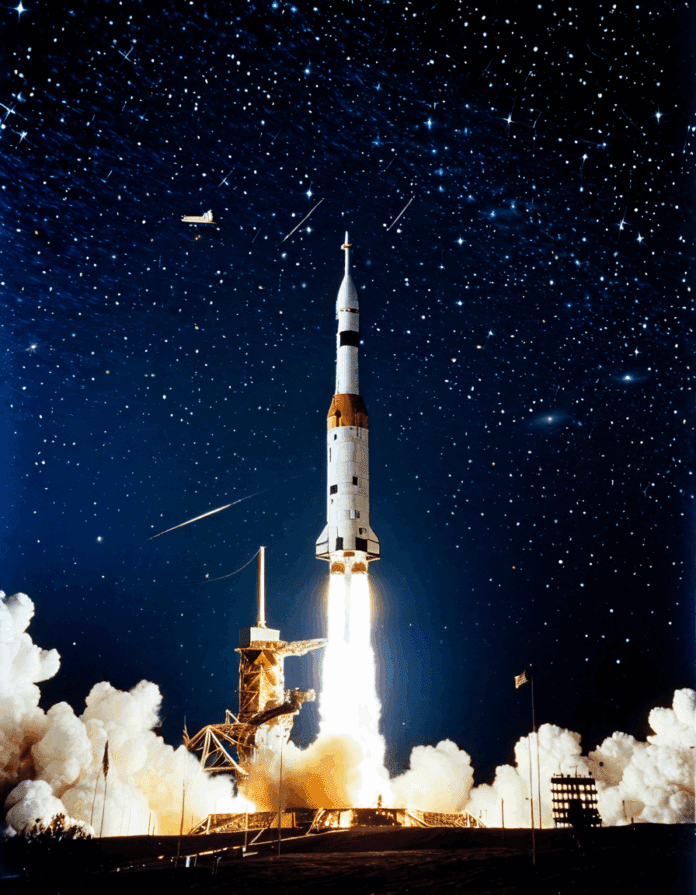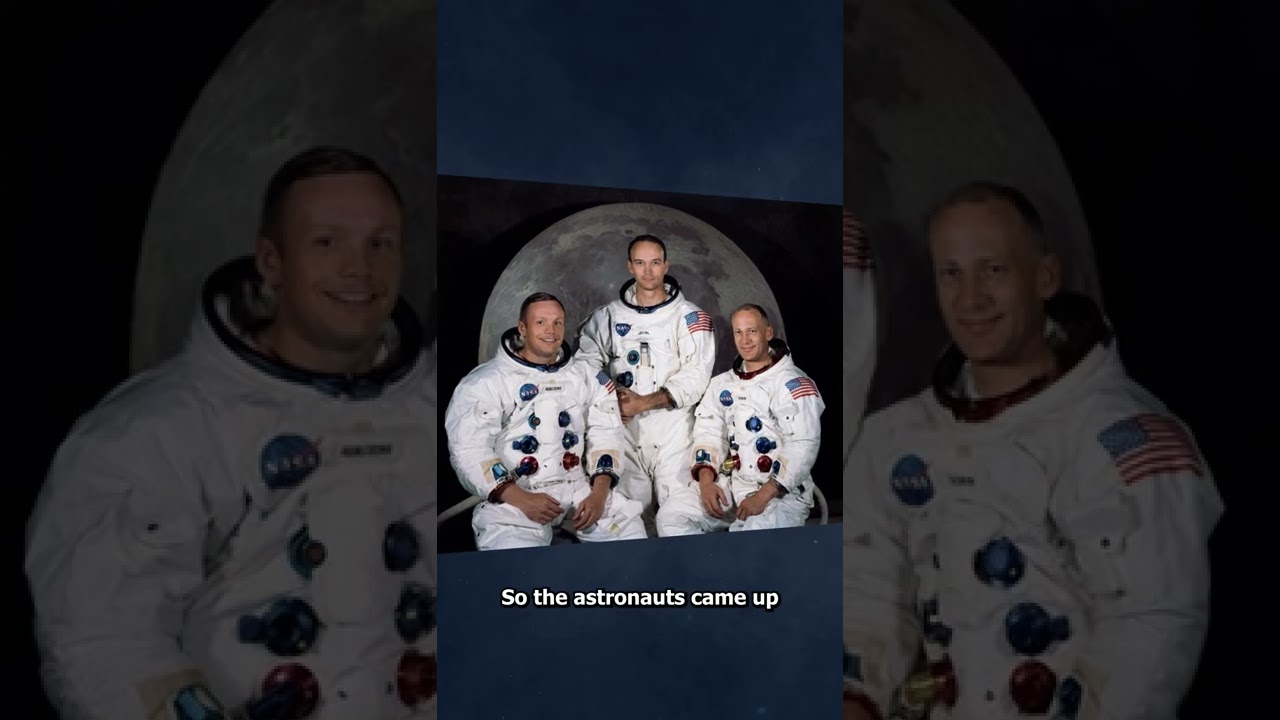The Apollo 11 mission, which achieved the first human moon landing on July 20, 1969, remains a hallmark of human achievement. This monumental event didn’t just showcase NASA’s capabilities; it ignited a flame of inspiration and curiosity that still burns bright today. Celebrating the Apollo 11 mission allows us to explore its significance, the monumental challenges faced, and its lasting impact on culture and future explorations.
7 Unforgettable Moments from Apollo 11 and Their Impact on Space Exploration
The countdown was a nail-biter as millions of viewers glued themselves to their television sets on July 16, 1969. Launching from Kennedy Space Center in Florida, Apollo 11 captured the collective attention of a nation divided by social issues and the ongoing Vietnam War. At that moment, everyone shared a common purpose—a testament to the unifying spirit of space exploration.
When Neil Armstrong and Buzz Aldrin made their historic descent from the Lunar Module “Eagle,” it felt like history itself held its breath. Armstrong’s iconic declaration, “That’s one small step for a man, one giant leap for mankind,” echoed not just in the vacuum of space but also in the hearts of everyone watching. It wasn’t just about two men stepping onto a celestial body; it represented humanity’s unyielding quest for exploration.
As Armstrong and Aldrin conducted experiments, collected samples, and planted the American flag on the lunar surface, NASA’s extensive preparation shone through. Their meticulous planning led to seamless execution, a sharp contrast to the calamity of Apollo 13 where unforeseen challenges tested the limits of human ingenuity. Taking those first steps on the moon solidified the astronauts’ roles as pioneers, molding their legacies in the annals of history.
Imagine 600 million people across the globe tuning in live—believe it or not, that’s how many witnessed the moon landing. This broadcast didn’t just showcase technological triumph—it connected people from diverse nations with a shared human experience. It was a broadcast that transcended barriers and highlighted our collective potential.
What better way to deepen our understanding of the universe than to bring a piece of it back home? The Apollo 11 astronauts returned with 47.5 pounds of lunar rock and soil, unveiling clues about the Moon’s geological history and, by extension, Earth’s. This bounty of samples has fueled scientific research and illuminated our knowledge of planetary formation.
The influence of Apollo 11 resonates in modern space exploration, paving the way for international cooperation. In a world where collaboration has become the norm through initiatives like the International Space Station (ISS), the spirit sparked by Apollo 11 remains strong. Its legacy encourages ongoing partnerships in future explorations, including missions to Mars that continue to this day.
The iconic Apollo 11 mission sparked a fervor in the realms of science, technology, and the arts. Films like “First Man” (2018) rekindled the public’s interest, showcasing not only the mission’s triumphant moments but also its trials. As we continue to look up at the stars, the spirit of Apollo 11 continues to inspire artists, scientists, and dreamers alike.

The Role of Apollo 13: Lessons Learned and Committed Resolve
While Apollo 11 celebrated triumph, Apollo 13 in 1970 unfolded a tale of survival against insurmountable odds. Faced with a critical failure that put the crew’s lives at risk, this mission turned into a tale not of conquest, but of ingenuity and resilience. Astronauts Jim Lovell, Jack Swigert, and Fred Haise demonstrated that sometimes, teamwork and quick thinking can lead to unexpected victories—even when the stakes are sky-high.
The contrasts between Apollo 11 and Apollo 13 illuminate important lessons about the risks of exploration. Apollo 13’s events highlighted the importance of safety protocols that have come to define modern aerospace practices. The ingenious problem-solving that saved the crew became a blueprint for subsequent missions and established a new standard for collaborative efforts on Earth and in space.
Transformative Impact on Future Generations
The Apollo 11 mission ignited a tech revolution that led to countless advancements. The tools and technologies developed not only catapulted space exploration to new heights but also found their way into everyday life. From the rise of communications systems to developments in materials science, the legacy of Apollo 11 paved the way for a new era of innovation.
Moreover, Apollo 13’s challenges taught future generations the importance of resilience in the face of adversity. The public’s engagement during these missions emphasized the need for awareness and understanding, serving as a template for how to involve communities in exploration.

Embracing the Future of Space Exploration
Fast forward to today, and the spirit of Apollo 11 continues to inspire. As humanity sets its sights on the Moon, Mars, and beyond, we find ourselves in a new age of exploration driven by commercial companies like SpaceX and Blue Origin. The daring individuals who first set foot on the Moon lit a path forward, inviting modern explorers to forge their missions to distant planets.
Remember, commemorating the achievements of Apollo 11 isn’t just about nostalgia; it’s an invitation for the next generation. Space exploration remains a boundless frontier that invites us to think big. So, whether you’re dreaming of rockets or designing our next chapter in the cosmos, the legacy of Apollo 11 is the fuel that keeps the flame of curiosity alive. Embrace this legacy, and who knows, maybe one day we’ll have a movie starring our own adventures amongst the stars!
Explore more about cultural reflections driven by Apollo missions in recent films, celebrities, and tech innovations discussed on Best Movie News. The journey has just begun!
Fun Facts About Apollo 11
Launching to New Heights
Did you know Apollo 11 wasn’t just a mission, but a monumental leap for humanity? Launched on July 16, 1969, the spacecraft was packed with a lot more than just technology; it held the dreams and aspirations of millions. The mission was a technical marvel, facilitated by the teamwork of thousands, showing that collaboration can help accomplish monumental tasks—much like how creative minds in the tech world, like Larry Page, strive to innovate and push boundaries. As they approached the moon, Neil Armstrong and Buzz Aldrin took on the critical role of piloting the Lunar Module, showing the very essence of human courage and curiosity.
Historical Firsts and Fun Tidbits
As Apollo 11 touched down on the lunar surface on July 20, 1969, Neil Armstrong famously declared, “That’s one small step for a man, one giant leap for mankind.” This moment created history, inspiring future generations, including current trends in pop culture devices like Five Nights at Freddys 2, which has captivated audiences since its release. Interestingly, Buzz Aldrin, a former fighter pilot, was also a multi-talented individual who had a love for poetry, showcasing that even astronauts have hobbies! The landing site was named “Tranquility Base, a fitting title given its historical significance.
The Aftermath and Legacy
After a successful moonwalk that lasted nearly three hours, Armstrong and Aldrin returned safely to Earth, paving the way for future explorations. The Apollo 11 mission did more than land men on the moon; it ignited a passion for exploration that still burns today, leading to further space innovations. In fact, projects today are continually inspired by the courage it took to venture beyond Earth, much like the artistic flair found in King One Piece, where epic journeys are the norm. The legacy of Apollo 11 reminds us that with great vision, we can achieve spectacular things—whether it’s exploring the cosmos or even something as simple as a calculator For home equity loan that helps families secure a brighter future.







